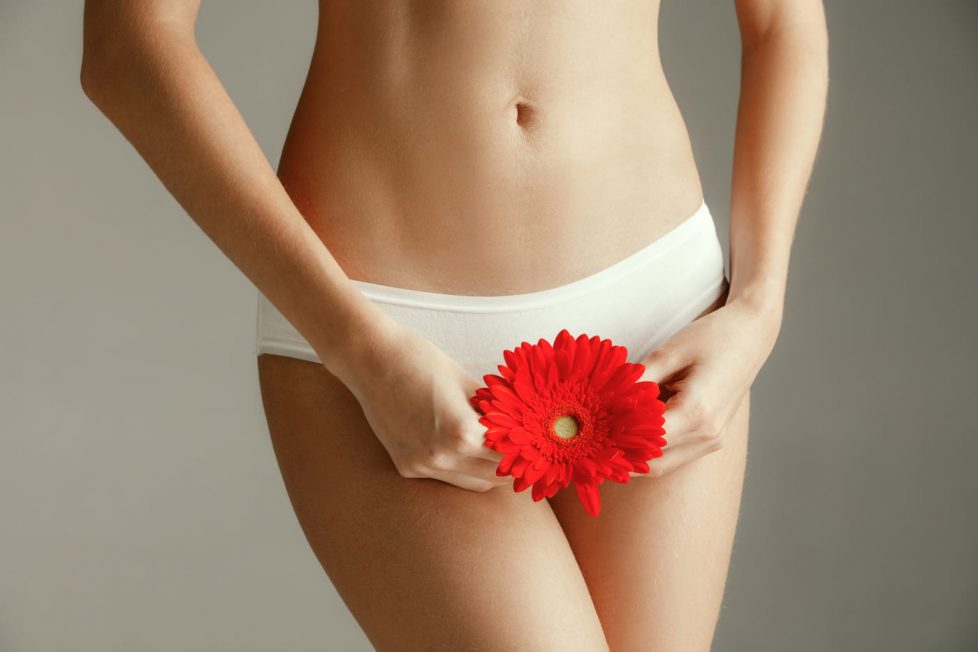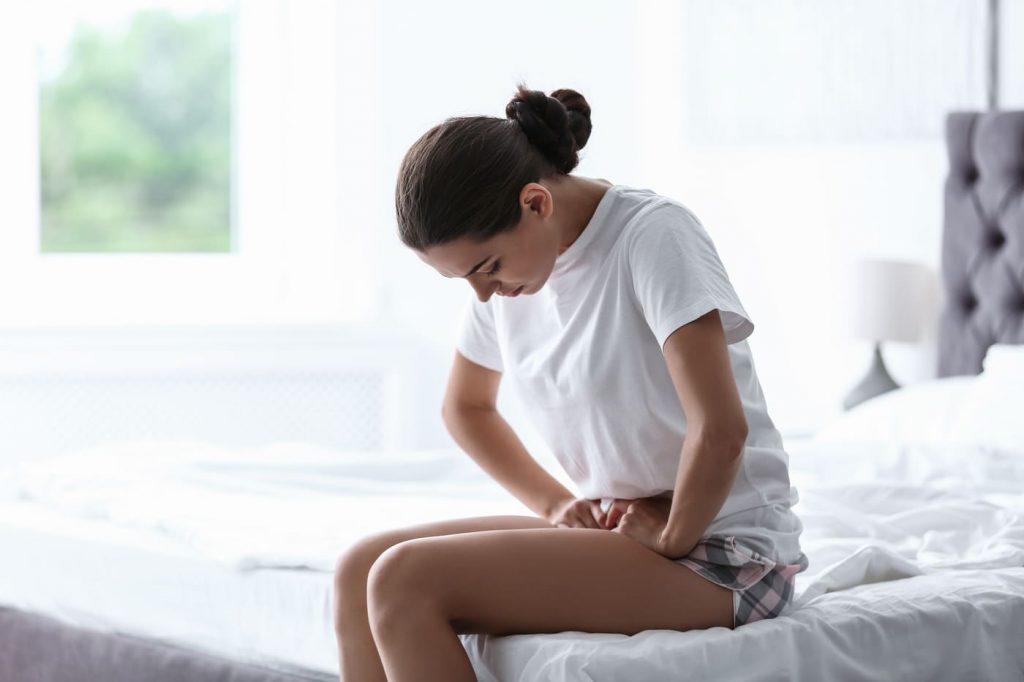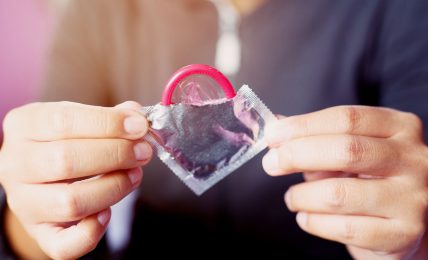Vulvodynia is affecting more and more women. What is it?
Learn more about what could cause vaginal pain and how to treat it. Vulvodynia is a chronic condition that involves pain, burning or discomfort in the vulva, that can’t be attributed to any specific cause, and that lasts for at least three months.








